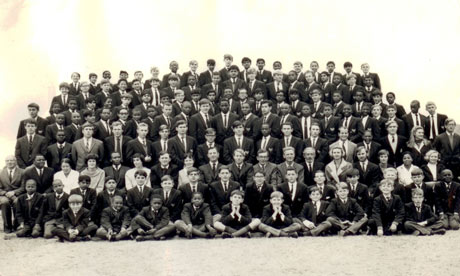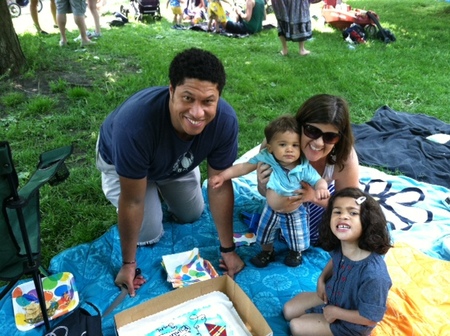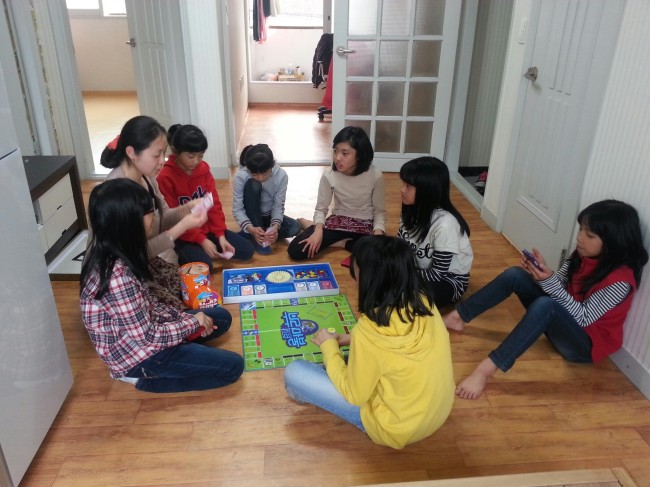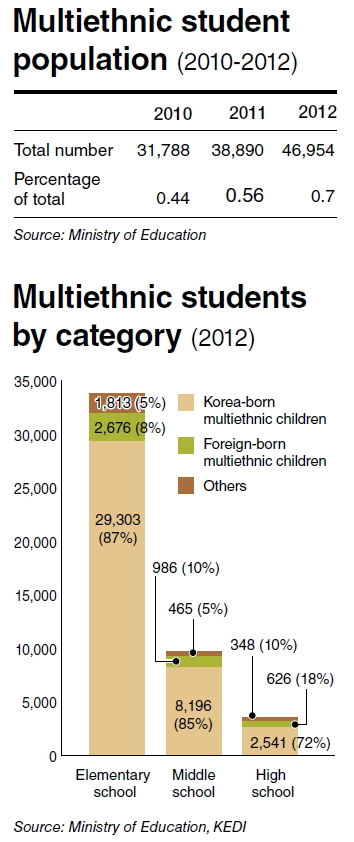AUSTIN, Texas — Bryan Independent School
District's use of school resource officers to issue criminal sanctions
for a range of minor student misbehavior unlawfully impacts
African-American students, who are "cited" at a rate four times that of
other students, according to a complaint filed today with the U.S. Department of Education's Office for Civil Rights (OCR), on behalf of the public interest law center Texas Appleseed and the Brazos County branch of the NAACP.
Attorneys with the NAACP Legal Defense Fund and the National Center for Youth Law serve as legal counsel to the Complainants.
The complaint outlines a historical and continuing
pattern of issuing "Class C misdemeanor" tickets to students for
"Disruption of Class" and "Disorderly Conduct-Language" (generally
meaning profanity). These ticketing categories encompass minor behavior
that is not generally deemed "criminal" and disproportionately harms
African-American students in Bryan ISD.
In Texas, such ticketing can
mean missed class time due to required appearances in adult justice of
the peace or municipal courts, fines, and the potential for a criminal
record in addition to any other school-based punishment.
"In a very real sense, the Bryan school district is
using law enforcement as its disciplinary arm. The school district must
be held accountable for the disproportionate impact on African-American
students, who are also much more likely to be suspended and expelled
from Bryan schools," said Senior Attorney Michael Harris, with
the National Center for Youth Law. The school district spent about
$376,790 in 2011-12 to cover half of the salaries and benefits paid to
the eight school resource officers assigned from the local police
department to Bryan schools.
While African-American students comprise less than
25% of the students in Bryan public schools, they are significantly more
likely to receive Class C misdemeanor tickets than their peers. "Over
the last three school years, African-American students received more than half of all tickets issued—and are four times
more likely to receive a ticket for 'Disruption of Class' or
'Disorderly Conduct-Language' than other students," said Texas Appleseed
Deputy Director Deborah Fowler.
The Impact on Bryan ISD Students
"In Texas, the consequences are particularly serious
because ticketed students are sent to adult courts that do not extend
young people the confidentiality and other protections provided in
juvenile courts," Fowler said.
In Bryan ISD, African-American students accounted
for only 21% of its student population in 2011-12, but received the
majority of citations for "Disruption of Class" (143 tickets, 53%) and
"Disorderly Conduct-Language" (54 tickets, 51%)—two categories of
offenses that encompass non-dangerous, adolescent misbehavior
historically addressed through school discipline rather than citations
that lead to court involvement.
Ann Boney, President of Brazos County
N.A.A.C.P., said, "The entire Bryan community has a stake in this issue.
Research shows that a discipline policy that removes students from
school and introduces them to the justice system increases the risk of
dropping out. When that happens, everyone suffers."
Bryan ISD's ticketing rate (59.6 tickets per 1,000
students in 2010-11) ranks second highest (only after Galveston ISD)
among the 42 Texas school districts recently analyzed by Texas Appleseed
and remains "consistently high" over time, according to the OCR filing.
A National Problem
The complaint comes at a time of a focused national
dialogue regarding the appropriate ways to promote safe and healthy
schools in light of the tragedy at Sandy Hook Elementary School in
Newtown, Connecticut. Since then, there has been much debate about the
impact of police in schools. What is happening in Bryan ISD is part of a
disturbing national trend. Bryan is one of many communities in Texas
and across the country where school police have crossed the line between
safety and discipline, thereby criminalizing typical adolescent
behavior that does not pose a danger to others.
Misdemeanor tickets,
suspensions, expulsions, and other disciplinary action are meted out to
children as young as elementary-school age, and for offenses as harmless
as throwing a tantrum or swearing. Research shows that in many school
districts, African-American students are disciplined at a much greater
rate than white students and are often punished more harshly for
engaging in the same behavior as their white peers.
According to the OCR, which recently began
collecting
data on school-based law enforcement referrals and arrests,
42% of public school students referred to law enforcement and 35% of
students arrested in school are African-American, compared to a
nationwide student population that is only about 18% African-American.
"Experts agree that issuing tickets to children does not make schools safer," said Rachel Kleinman, Assistant Counsel with
the NAACP Legal Defense and Educational Fund. "Ticketing also
exacerbates inequalities because African-American students are subject
to overzealous discipline much more than their peers. Instead of
'policing' students, school districts should adopt proven alternatives
to keep misbehavior in check without treating young people like
criminals."
School disciplinary practices—and their
disproportionate impact on African Americans and other minor
students—have been challenged by advocacy groups in New York, Florida,
Colorado, Illinois, and California, among other states.
Remedy Sought
The complaint filed today focuses on the racial
disparities in Bryan's issuance of Class C misdemeanor tickets.
Complainants are asking the OCR to apply what is known as the "disparate
impact" standard. In applying that standard, the OCR can hold the Bryan
ISD liable if its policies have the effect of discrimination based on race, regardless of whether that discrimination is intentional.
The Complainants are asking the OCR to require Bryan ISD to restore the distinction between school safety and school discipline
by developing and implementing clear guidelines regarding the kind of
school-based behavior that is properly handled by School Resource
Officers (SROs)-and to provide additional training for SROs in
adolescent behavior, conflict resolution and de-escalation techniques,
and cultural factors affecting children's behavior. Implementation of
research-based alternatives to ticketing—such as Positive Behavior
Interventions and Supports—is strongly encouraged.
Also requested are:
- Revisions
to the Bryan Student Code of Conduct to establish graduated
consequences for misbehavior that minimize missed class time and reserve
suspension, expulsion, and police responses to student misbehavior to only those incidents that pose a safety risk;
- Required
campus-based quarterly reporting of data on ticketing and
school-related arrests, by type of incident disaggregated by race; and
- Intervention
services for students who receive multiple Class C citations and/or
disciplinary referrals and who are at risk of educational failure.
Download:
Summary of OCR Complaint (Bryan, TX, ISD)
Source: National Center for Youth Law





 A shot putter from the University of New Hampshire, in Durham is being declared a hero, except not for his shot putting.
A shot putter from the University of New Hampshire, in Durham is being declared a hero, except not for his shot putting.





